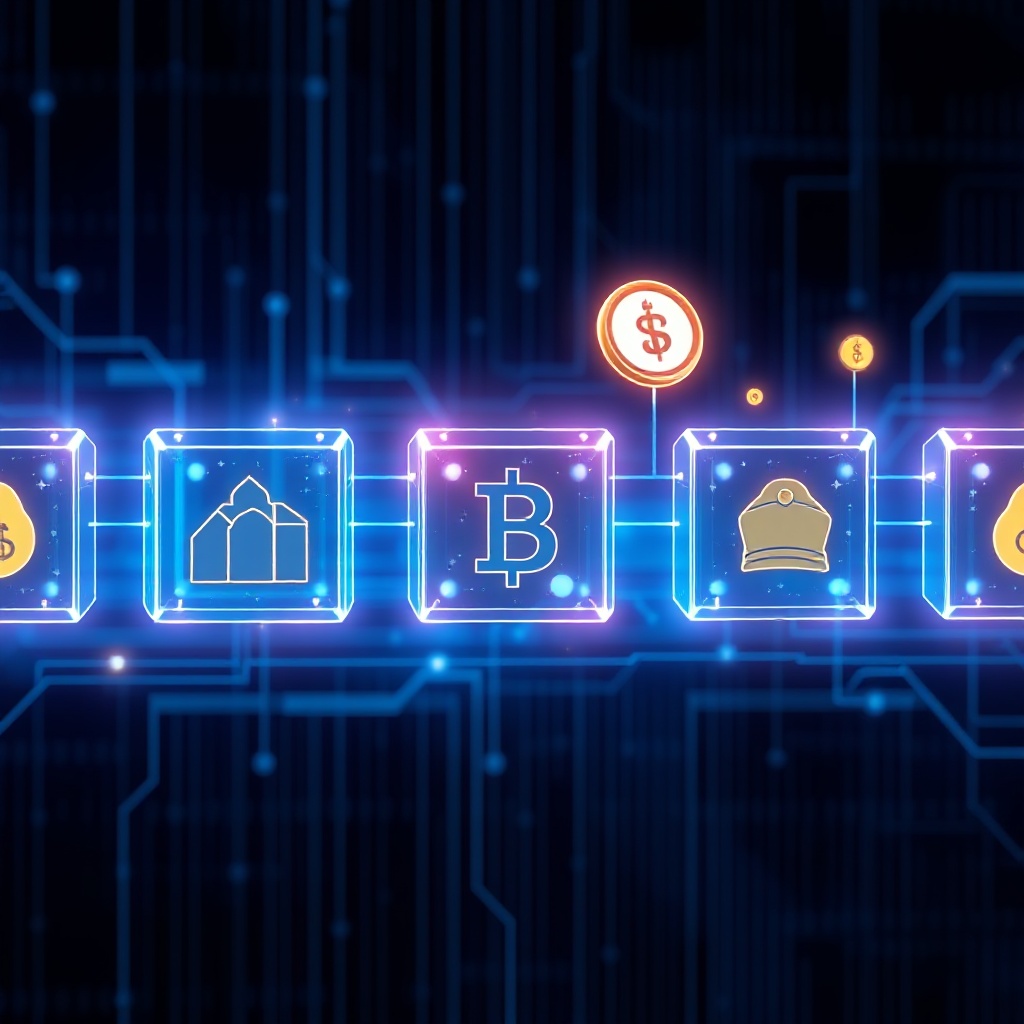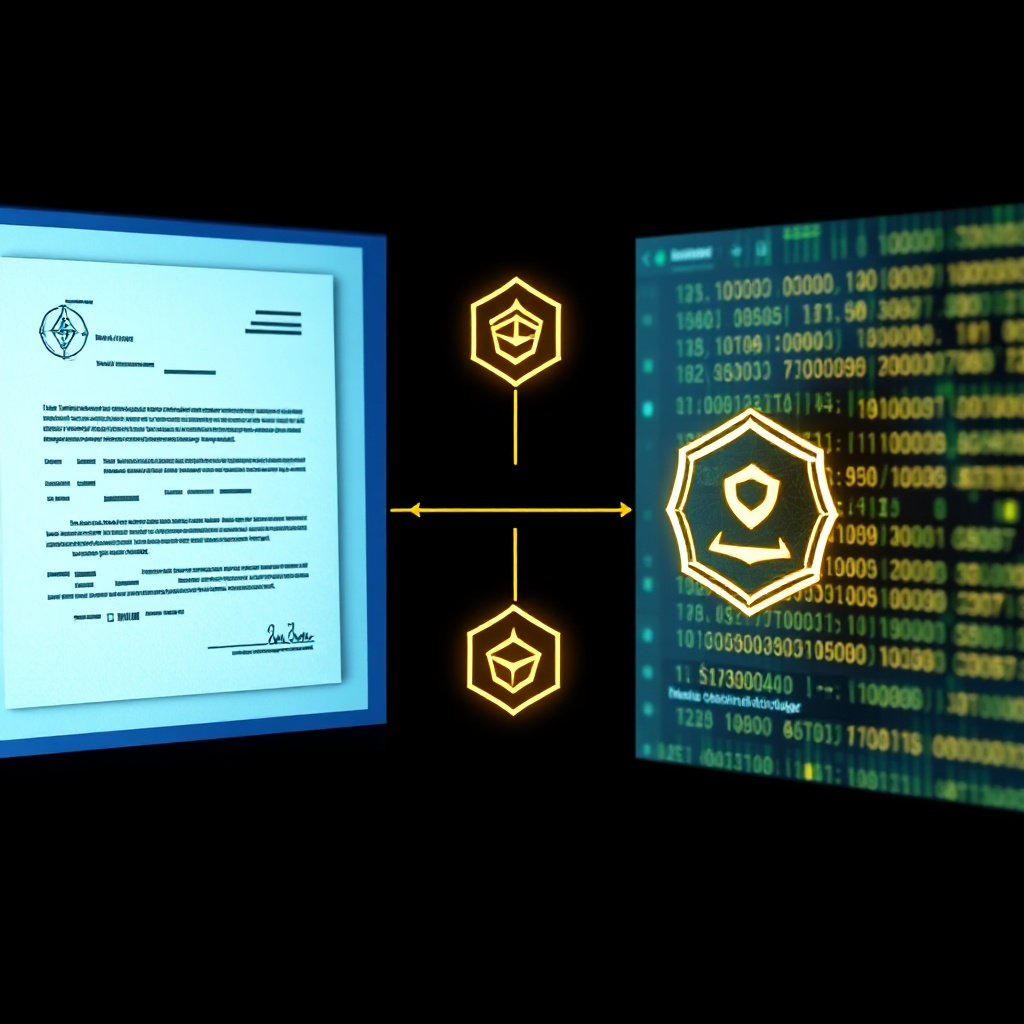
Discover how blockchain grants offer $18+ billion in non-dilutive funding for Web3 innovators, powering next-gen development while founders maintain 100% equity control.

Drivetech Partners
Blockchain grants have emerged as a powerful financial engine for Web3 innovation, offering substantial capital without the equity dilution typically associated with traditional funding methods. With over $18 billion currently available across various blockchain ecosystems, these grants provide a critical pathway for developers, researchers, and entrepreneurs to build revolutionary technologies while maintaining full ownership of their ventures.
Key Takeaways
Non-dilutive funding allows founders to maintain 100% equity and control over their projects
The blockchain grant ecosystem offers an estimated $18.26 billion in available capital as of early 2025
Leading programs like Polygon, Solana, and Filecoin provide targeted support to address specific ecosystem challenges
High-growth sectors including AI integration and real-world asset tokenization are receiving significant grant funding
Successful applications require clear alignment with each program's objectives and demonstrable ecosystem impact
The Power of Non-Dilutive Blockchain Funding
Traditional startup funding typically requires founders to surrender equity in exchange for capital. Blockchain grants flip this model entirely. As a form of non-dilutive funding, these grants provide financial support without taking ownership stakes in return. This fundamental difference preserves founder control and decision-making autonomy throughout the project lifecycle.
The implications are significant: founders can pursue their original vision without compromise or external pressure to pivot toward investor-favored directions. This freedom is particularly valuable in the blockchain space, where true innovation often requires experimental approaches that might not align with traditional investor expectations for quick returns.

Unlike venture capital, where founders regularly face dilution through multiple funding rounds, grant recipients maintain complete ownership of their projects. This ownership preservation becomes increasingly valuable as projects mature and gain market traction, allowing founding teams to retain more value from their innovations.
$18+ Billion in Available Blockchain Grants
The scale of available blockchain grant funding is remarkable. According to recent research, the total pool has reached $18.26 billion across the global ecosystem in early 2025. This represents a significant capital allocation specifically targeting blockchain innovation and development.
This substantial funding spans diverse sectors within the blockchain landscape:
Research and development initiatives
Community-building programs
Infrastructure development
Educational resources and onboarding
Specialized innovation tracks
The size of this funding pool indicates that blockchain grants have evolved into a major alternative to traditional venture capital for Web3 startups. This shift reflects growing recognition of blockchain technology's potential to transform industries beyond finance, including supply chain, healthcare, entertainment, and governance.

Top Blockchain Grant Programs in 2025
Several major blockchain ecosystems offer substantial grant programs designed to fuel innovation and expansion. Here are some of the most prominent opportunities available:
Polygon Community Grants represents one of the largest programs, offering 35 million POL tokens to projects building on or enhancing the Polygon ecosystem. Applications are open until April 15, 2025, with funding tracks targeting infrastructure development, user experience improvements, and cross-chain applications.
The Solana Foundation Grants program focuses on supporting developers and startups building on the Solana blockchain. Priority areas include DeFi innovations, performance optimizations, and tools that enhance developer productivity. The foundation has shown particular interest in projects addressing real-world use cases beyond speculative applications.
Filecoin Funding Tracks offer multiple specialized programs supporting decentralized storage innovations. These range from early-stage research grants to deployment-ready application funding, with specific emphasis on data sovereignty, content addressing, and verifiable storage solutions.

Each of these programs maintains a distinct focus on ecosystem growth, aiming to address specific technical challenges while fostering developer communities around their respective blockchain platforms.
Types of Grant Programs and Their Objectives
Blockchain grant programs come in various forms, each targeting different aspects of ecosystem development. Understanding these distinct funding categories helps applicants identify the most suitable opportunities:
Research and development grants support fundamental work on new protocols and cryptographic techniques. These typically fund academic researchers, independent developers, and specialized R&D teams working on core technological challenges.
Community building and DAO growth programs focus on ecosystem expansion through user acquisition, community management, and governance participation. These grants often support non-technical activities that strengthen network effects and decentralized governance.
Developer incentives and hackathons encourage new builders through time-limited competitions with prizes and follow-on funding. These initiatives identify promising talents and concepts that can be further developed into full-scale projects.
Educational resources grants aim at onboarding new users and developers to the blockchain space, addressing the technical knowledge gap that often limits broader adoption.
Increasingly, programs are focusing on specialized innovation areas:
AI integration with blockchain systems
Decentralized infrastructure development
Tokenization solutions for traditional assets
Privacy-preserving computation methods
Cross-chain interoperability protocols
High-Growth Sectors Receiving Grant Funding
Several blockchain sectors have attracted disproportionately large grant funding based on their growth potential and strategic importance:
AI-powered Web3 projects have emerged as funding magnets, attracting $1.8 billion between 2024-2025, representing 26% of total capital allocated. These projects combine artificial intelligence capabilities with decentralized architectures to create new forms of autonomous systems and predictive applications.

Blockchain gaming and metaverse startups raised $2.5 billion in 2024 alone, reflecting continued confidence in the convergence of entertainment, digital ownership, and virtual economies. These projects typically build immersive experiences where blockchain enables true digital property rights.
Layer-2 scaling solutions and rollups received $2.6 billion, addressing the fundamental blockchain trilemma of scalability, security, and decentralization. These technologies aim to increase transaction throughput while maintaining the security guarantees of underlying blockchains.
Real-world asset tokenization experienced remarkable 150% year-over-year growth, reaching $2 billion in funding. This sector focuses on bringing traditional assets like real estate, commodities, and securities onto blockchain rails, improving liquidity and fractional ownership possibilities.

Advantages Over Traditional Venture Funding
Blockchain grants offer several distinct advantages compared to traditional venture funding models:
The most obvious benefit is equity preservation - grants allow founders to maintain 100% ownership, unlike VC funding which requires share dilution. This advantage compounds over multiple funding rounds, potentially saving founders from significant equity loss over time.
The grant application and disbursement process is typically faster and procedurally simpler than traditional fundraising. Many blockchain grant programs leverage smart contracts for automation, bringing transparency and speed to the funding process. Recipients often receive funds in days or weeks rather than months.
Grant programs frequently offer additional support resources beyond capital, including:
Technical mentorship from ecosystem experts
Marketing and community development assistance
Integration opportunities with complementary projects
Access to specialized testing environments
Unlike venture-backed companies, grant recipients don't face mandatory board seats or extensive investor reporting requirements. This reduces administrative overhead and allows teams to focus primarily on building rather than managing investor relations.

Increasing Innovation and Ecosystem Development
Beyond their financial value, blockchain grants create accessible pathways for breakthrough technologies that might be overlooked by traditional investors. This accessibility stems from grants' focus on technological potential rather than immediate commercial viability.
Grants enable experimentation without the pressure for short-term financial returns. This freedom is crucial for developing foundational infrastructure and tooling that may not have obvious monetization strategies but provides essential building blocks for future applications.
Educational grants play a vital role in broadening participation by raising technical literacy across the ecosystem. These programs fund tutorials, documentation, educational content, and workshop series that help onboard new developers and users to blockchain technology.
By distributing funding more widely than venture capital, grants create opportunities for underrepresented groups and regions to participate in Web3 development. This geographical and demographic diversity strengthens the ecosystem by bringing varied perspectives to technical and design challenges.

Applying for Blockchain Grants: Best Practices
To maximize your chances of securing blockchain grant funding, focus on these proven strategies:
Align your application closely with the specific objectives and ecosystem needs of each grant program. Generic proposals rarely succeed - demonstrate how your project addresses particular challenges or opportunities within the target blockchain ecosystem.
Technical capability and project feasibility are crucial evaluation factors. Include evidence of your team's relevant experience and preliminary work to demonstrate your ability to execute on proposed deliverables.
Clearly articulate the potential ecosystem impact of your project, quantifying benefits where possible. Grant evaluators typically prioritize projects that provide broader value beyond the immediate application.
Include detailed breakdowns of:
Project milestones with specific timelines
Deliverables for each development phase
Resource allocation plans showing efficient use of grant funding
Key performance indicators for measuring success
Leverage open






